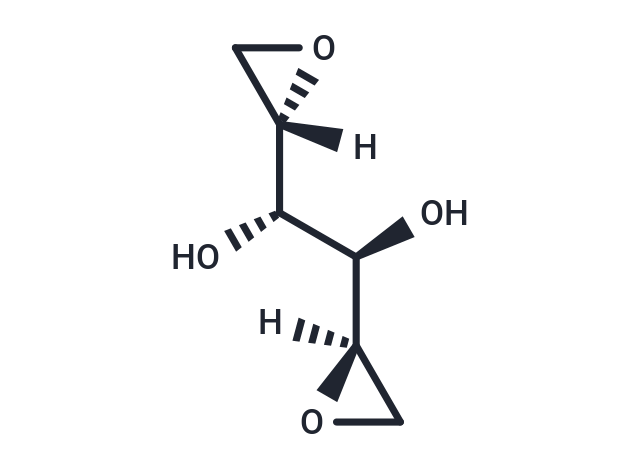Shopping Cart
- Remove All
 Your shopping cart is currently empty
Your shopping cart is currently empty

VAL-083 is an alkylating agent with antitumor activity that produces N7 methylation on DNA.

| Pack Size | Price | Availability | Quantity |
|---|---|---|---|
| 1 mg | $48 | In Stock | |
| 5 mg | $109 | In Stock | |
| 10 mg | $148 | In Stock | |
| 25 mg | $247 | In Stock | |
| 50 mg | $370 | In Stock | |
| 100 mg | $527 | In Stock | |
| 1 mL x 10 mM (in DMSO) | $94 | In Stock |
| Description | VAL-083 is an alkylating agent with antitumor activity that produces N7 methylation on DNA. |
| In vitro | VAL-083 inhibits T98G cell growth in a dose-dependent manner (IC50 <5 μM). VAL-083 inhibits the proliferation of HUVEC and U251 cells at doses of more than 12.5 μg/mL. VAL-083 suppresses U251 and SF188 cell growth and induces apoptosis after 72 h. VAL-083 (5 μM) inhibits the growth of SF188 by ~95%. VAL-083 (3.125, 6.25, 12.5 μg/mL) also suppresses the migration and invasion and reduces MMP2, VEGF, VEGFR2, and FGF2 expression in HUVEC and U251 cells. VAL-083 (1, 2, 5 μM) dose-dependently induces cell cycle arrest at the G2/M phase in the 3 glioma cell lines. VAL-083 activates two parallel signaling cascades, the p53-p21, and the CDC25C-CDK1 cascade. VAL-083 significantly enhances the radiosensitivity of LN229 cells [1][2][3]. |
| In vivo | VAL-083 significantly decreases the expression of VEGF, VEGFR2, and FGF2 at a concentration of 25 μg/mL, while at 50 μg/mL, it also reduces FGFR2 expression. Its action involves the activation of the CDC25C-CDK1 cascade in xenografted tumor models. Additionally, VAL-083 exhibits a dose-dependent inhibition of angiogenesis in zebrafish models at concentrations of 25, 50, and 100 μg/mL. In a murine study, VAL-083, administered intravenously at 5 mg/kg twice weekly for six weeks, markedly suppresses LN229 cell growth, resulting in a relative tumor growth rate (T/C) of 22.38% and a tumor growth inhibitory rate (TGI) of 83.58%. |
| Alias | Dianhydrogalactitol, Dianhydrodulcitol |
| Molecular Weight | 146.14 |
| Formula | C6H10O4 |
| Cas No. | 23261-20-3 |
| Smiles | [H][C@@]1(CO1)[C@H](O)[C@H](O)[C@]1([H])CO1 |
| Relative Density. | 1.567 g/cm3 |
| Storage | Powder: -20°C for 3 years | In solvent: -80°C for 1 year | Shipping with blue ice. | |||||||||||||||||||||||||||||||||||
| Solubility Information | H2O: 40 mg/mL (273.71 mM), Sonication is recommended. DMF: 90 mg/mL (615.85 mM), Sonication is recommended. | |||||||||||||||||||||||||||||||||||
Solution Preparation Table | ||||||||||||||||||||||||||||||||||||
H2O/DMF
| ||||||||||||||||||||||||||||||||||||

Copyright © 2015-2025 TargetMol Chemicals Inc. All Rights Reserved.